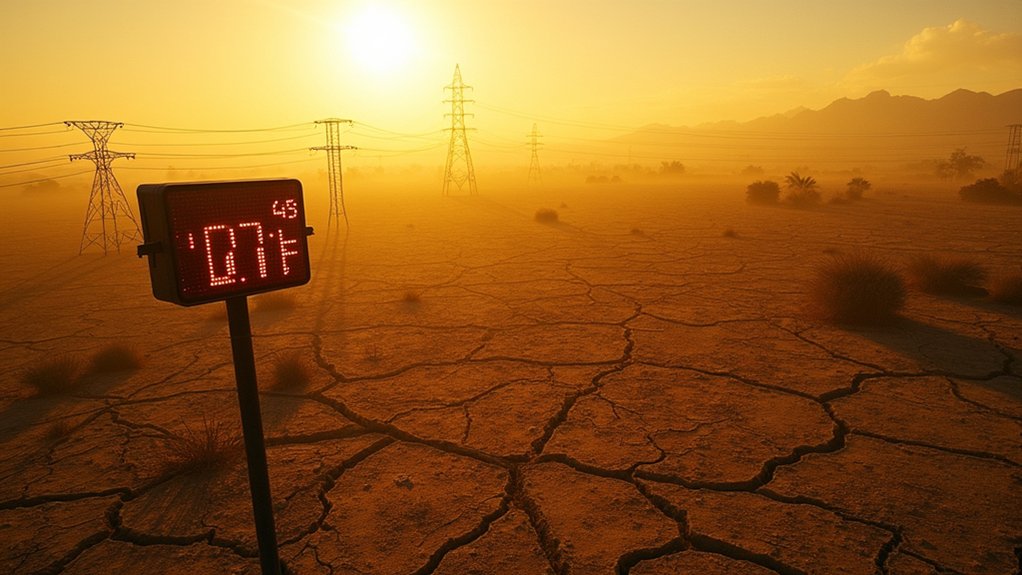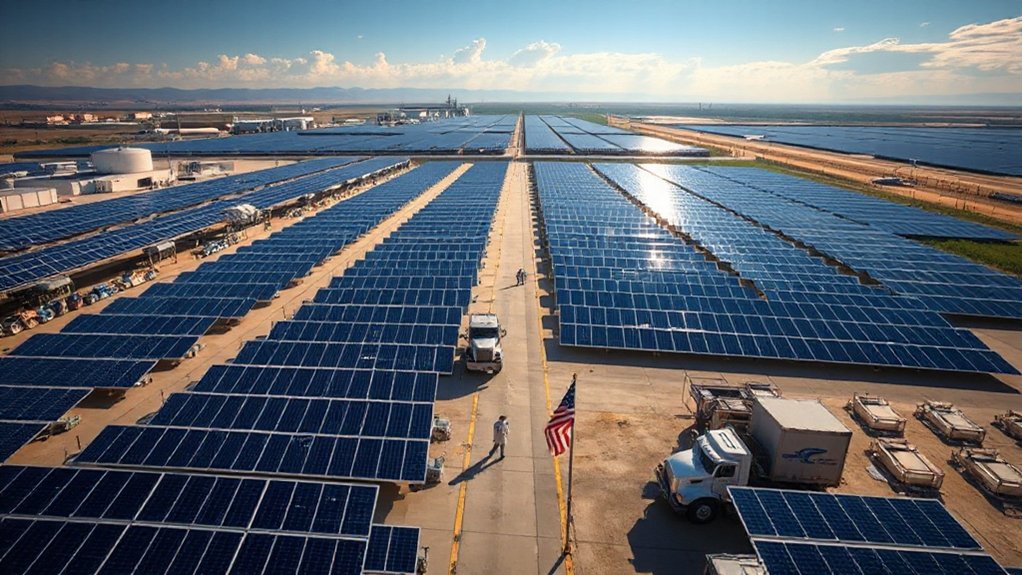As Arizona faces another scorching summer, the state’s electrical grid has been pushed to new limits. Record-breaking temperatures have driven electricity demand to unprecedented levels across the state’s major utilities in 2025. Phoenix hit a blistering 118°F on August 7, a record for that date, while Tucson endured 112°F heat.
APS set its third peak record of the summer on August 7, reaching 8,631 megawatts between 5-6 p.m. This came just one day after TEP broke its own record with a peak of 2,502 megawatts during the same hour on August 6. Earlier, on July 9, both APS and SRP established new records during 118°F Phoenix heat.
Arizona utilities shattered multiple peak demand records as blistering summer heat pushed power grids to their limits.
The timing of these peaks has been consistent, with maximum demand occurring between 5-6 p.m. This pattern reflects both the intense late afternoon heat and increased residential cooling usage as people return home from work. The high overnight temperatures, remaining in the 80s, have also kept cooling systems running through the night. These extreme heat patterns are consistent with global temperature rise predicted by climate scientists as greenhouse gas emissions continue to accumulate in the atmosphere.
All three major utilities have exceeded their forecasted peaks for 2025. APS had predicted a peak of 8,491 megawatts but surpassed this by 140 megawatts. Likewise, TEP and SRP saw actual demand climb higher than projections. Despite these challenges, the utilities maintained service throughout the extreme conditions.
The Arizona Corporation Commission has emphasized the importance of planning ahead as demand continues to outpace forecasts. They’ve approved new generation projects and infrastructure improvements to address the growing electricity needs across the state. APS continues to invest over $2 billion annually in system upgrades and maintenance to ensure grid reliability during extreme weather events.
Regional differences are apparent in the data, with Phoenix-area utilities experiencing successive annual records reflecting both population growth and extreme heat exposure. Tucson’s TEP saw its first record since 2021, indicating a delayed but substantial growth in demand. TEP’s new Roadrunner Reserve system has helped manage peak demand with its 200 MW battery storage capacity.
As temperatures continue to test historical highs, Arizona’s power grid remains under pressure to deliver reliable service during these increasingly common extreme weather events.
References
- https://www.azcc.gov/news/home/2025/08/09/arizona-electric-utilities-set-record-high-demand–again–demand-soars-above-original-forecasts-for-2025
- https://azcc.gov/news/home/2025/07/11/for-the-third-year-in-a-row–arizona-electric-utilities-set-new-records-for-peak-energy-demand
- https://www.aps.com/en/About/Our-Company/Newsroom/Articles/APS_Customers_Set_New_All-Time_Record_For_Peak_Energy_Use
- https://www.tep.com/news/record-heat-drives-record-energy-use-in-tucson/
- https://www.azce.org/news/phoenix-shatters-power-usage-records-amid-118-degree-heat-and-growing-grid-strain









